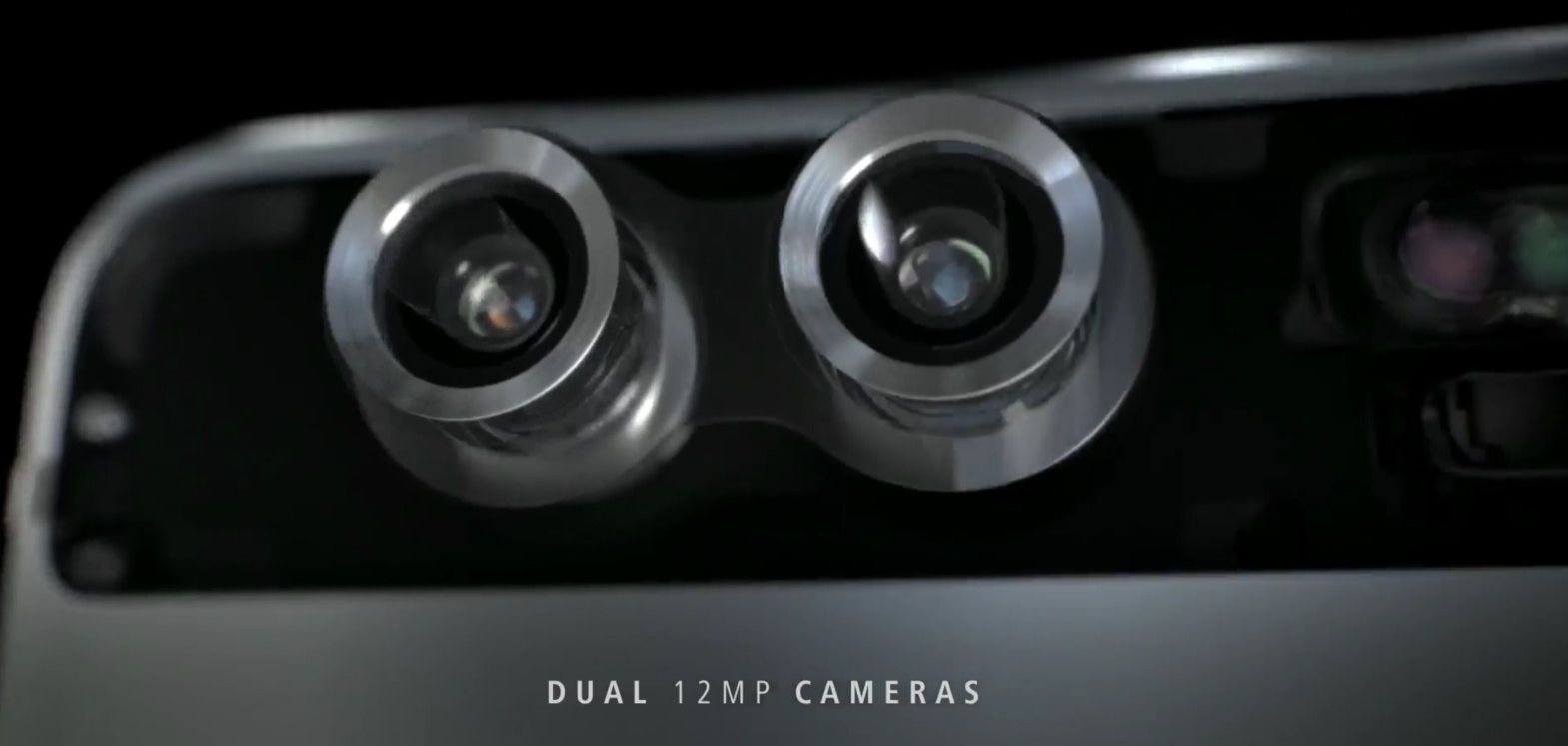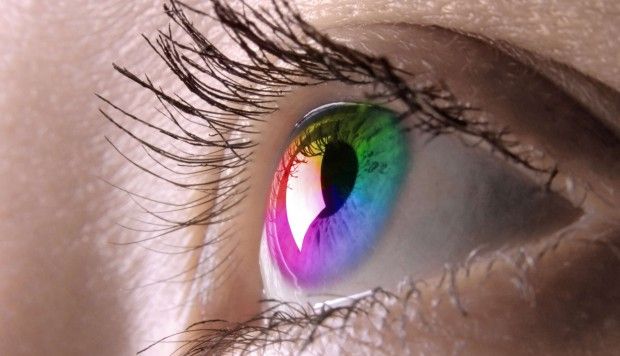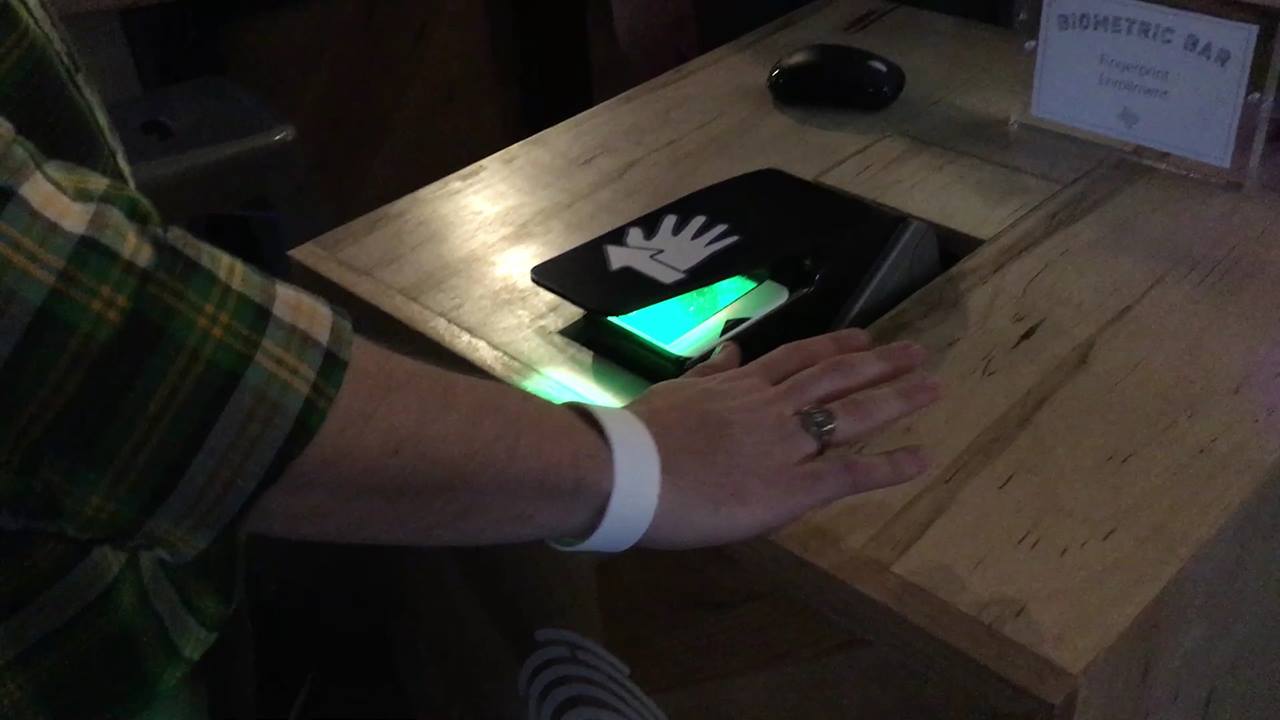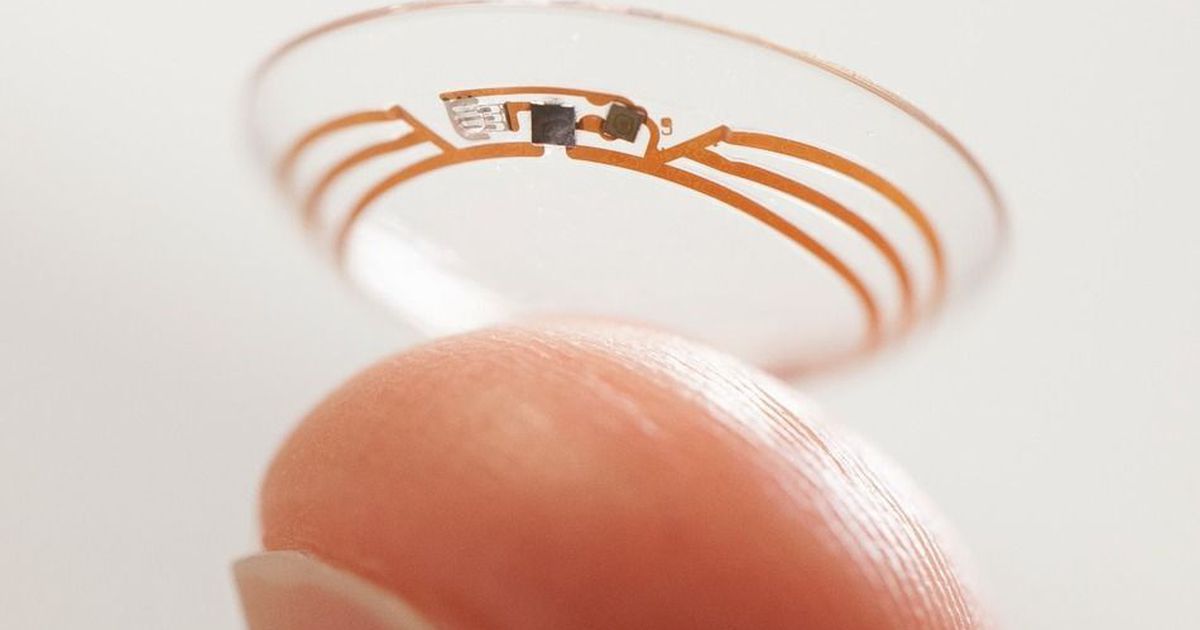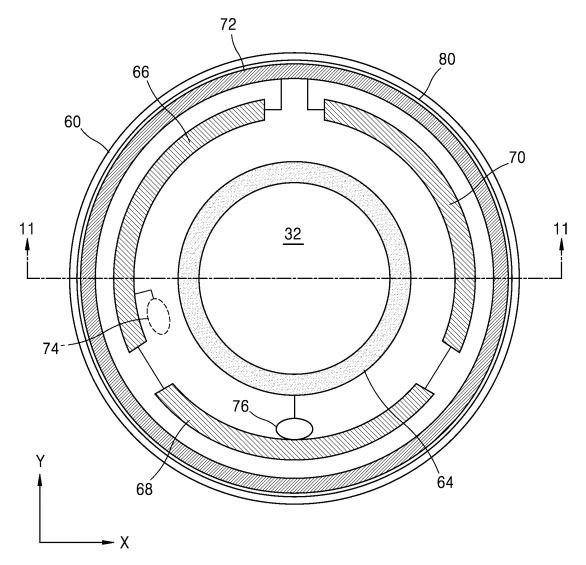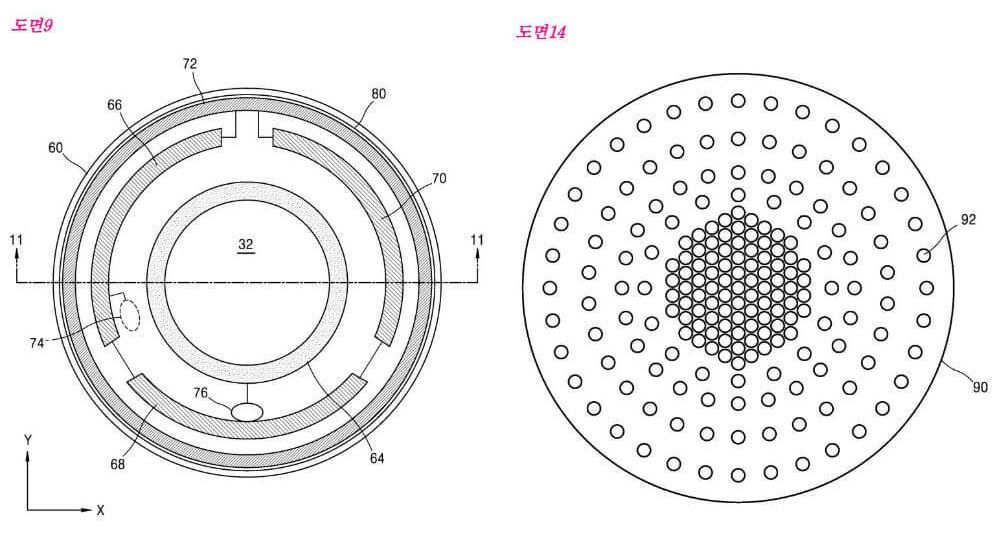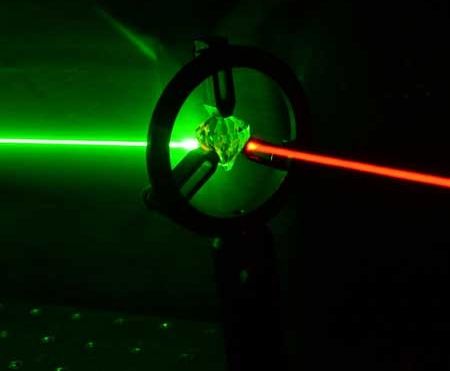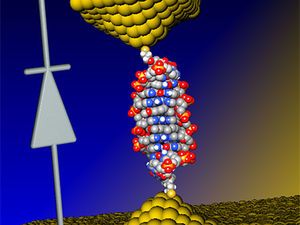Apr 8, 2016
Smartphones should fully embrace the dual-camera bandwagon
Posted by Shailesh Prasad in categories: electronics, mobile phones
One of the biggest rumors surrounding the iPhone 7 is that Apple is adding a second camera module (at least on the Plus model), and it makes a lot more sense than you might realize.
After all, other manufacturers have already caught on. LG’s G5 comes with a ultra-wide angle lens, Huawei’s new P9 sports a dedicated black-and-white camera, and HTC beat everyone to the punch with the One M8’s depth-sensing camera a couple of years ago.
Our biggest ever edition of TNW Conference is fast approaching! Join 10,000 tech leaders this May in Amsterdam.
